Selling Physical Products Online: The Ultimate Crowd-Sourced Guide
I'm an Amazon expert.
I'm also quite handy with various other forms of e-commerce.
So, here's what I've decided to do for/with all of you Steemers. For the next couple of weeks, I'll be slow-dripping content. Everything from advanced Amazon strategies, to sales funnel hacking, to comparing e-commerce models. If you've never dipped your toes in the waters of the online marketplace, don't worry, we'll cover the basics for you too.
The idea is to drip this content via Steem - because Steem gives us the ultimate platform to collaborate and distribute information.
Phase #2 is to assemble all of this valuable content into an in-depth guide or two or seventeen.
Here's where you come in.
Maybe you noticed the "crowd-sourcing" part of my illustrious title. In fact, there is a 1 in 8 chance that you clicked on this post because of that word. (Unless, you clicked on it because of the colon...you weirdo.)
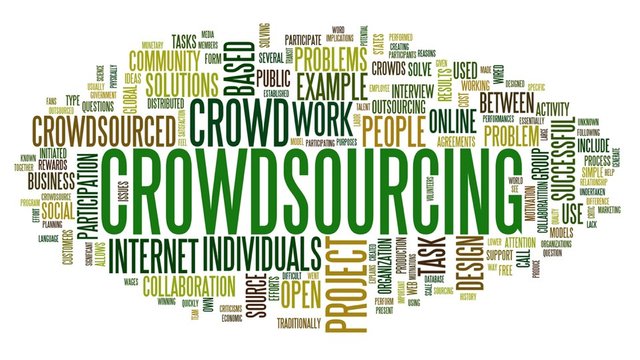
That's actually a very important word, because, while I know a lot about this space, I don't know everything (welcome to the "understatement of the year" fan club - don't forget your name tag at the door.)
BUT...
Between, all of us, harnessing the true Steem Power (see what I did there?), we can produce a magnificent work of art. Or, at the very least, a more complete guide that someone, somewhere finds helpful.
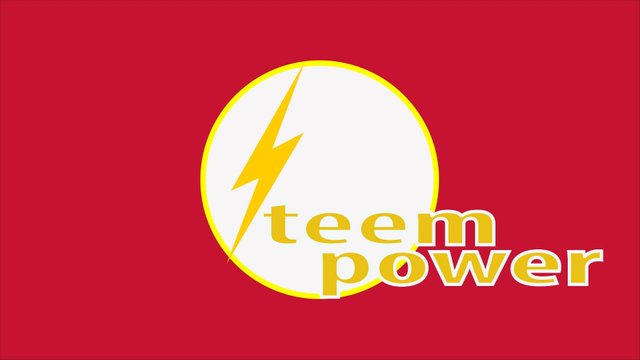
So, here is how this is going down. I'll share some of my favorite tips for getting started selling on Amazon just below. Then, I need you to post in the comments your best e-commerce tips. They could be for selling on Amazon, Ebay, Shopify, your website, with or without a funnel, using Facebook for Business, Google AdWords...if it has to do with selling stuff online, put it in the comments.
I'll look through the comments for my next posts and compile the best ones into new posts. Then, we can all comment on that post with more awesome tips! At the end, we'll have a huge resource of valuable information that can be compiled into a cozy little PDF for reference. I'll make sure to post that on here too.

So, obviously this depends A LOT on your participation. I'm looking forward to learning from all of you and sharing some of my wisdom as well.
Ready? GO!
Getting Started With Selling On Amazon
So, for today's post, I'm going to walk you through how to "private label" (also called white labelling) a product. This is going to be a very zoomed out, birds-eye view type of post. I'll be going more in-depth in the future. This is merely an introduction to selling on Amazon.
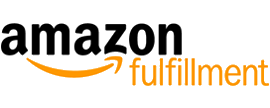
What Is Private Labelling?
The process of private labelling is an extremely common retail business practice. Very few retailers actually "make" their own product. Most buy the rights to sell the product from a manufacturer and then brand it with their own trademarks and branding. The label is the only differentiator between their product and another retailers product from the same manufacturer.
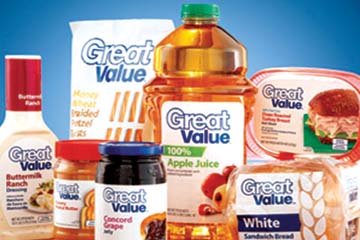

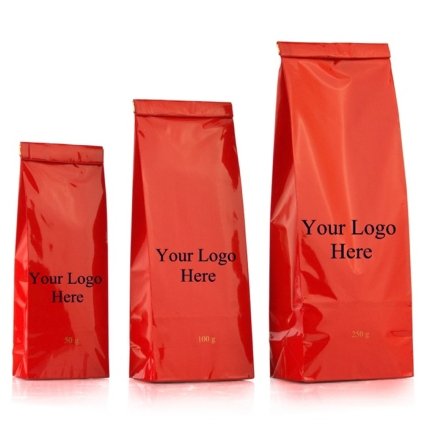
This is one of the most common ways to get started on Amazon. We select a product, find a manufacturer, put our brand on their product and it becomes ours!
Selecting A Product
Your first step might actually be choosing your method of selling; either self-fulfilled or FBA (Fulfillment By Amazon). FBA is where you ship your inventory to Amazon and they package and ship every order for you. FBM (Fulfillment By Merchant) is where you get to handle all that lovely shipping yourself.
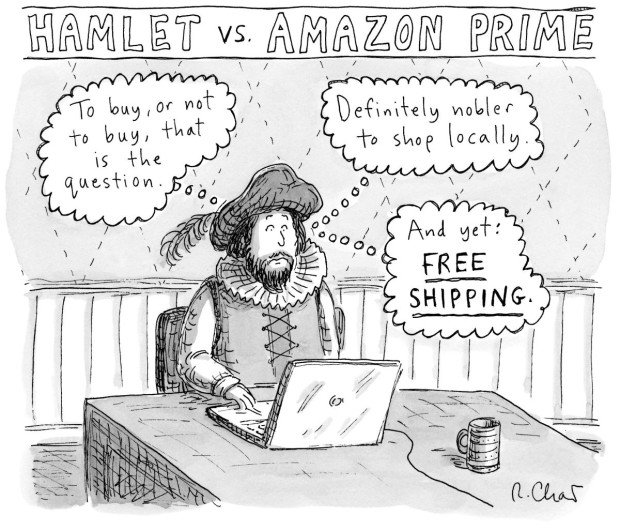
For the purpose of this post, I'm going to assume you were smart and chose FBA. The pros of FBA far outweigh the cons (Your product is automatically eligible for Prime shipping, largely hassle-free order processing, ability to utilize FBA as a drop-shipper from your own website, etc.) The cons are that they do charge a bit in handling and shipping fees, so it could eat up some of your margin.
Still, the system is weighted on the FBA side and it's best not to take on FBM unless you know what you're doing. If you're just starting out, FBA is the way to go. Let Amazon do your dirty work.
On to product selection! A lot of newbies to the online business world get stuck here. The initial inventory investment and the perceived difficulty of actually ordering the inventory from scary places like gasp China, are often causes of paralysis for the Amazon seller hopeful.
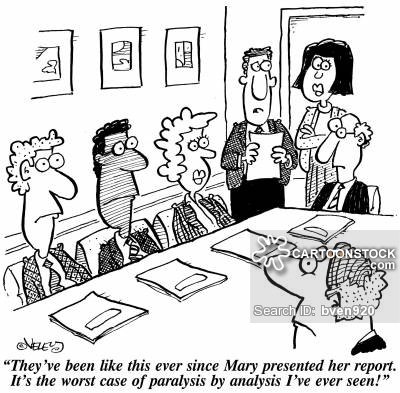
No worries. It's not as difficult or scary as you think. It takes a bit of getting used to, sure, but it's certainly not a scary thing. Start easy.
Product selection can be done in a variety of ways. But, my suggestion for a total beginner with no helpful tools to aid in the selection process is simple. Got to Amazon and look around. Hop on the Best Sellers tab, look at "Movers and Shakers", click through and click on the "Frequently Bought Together" section.
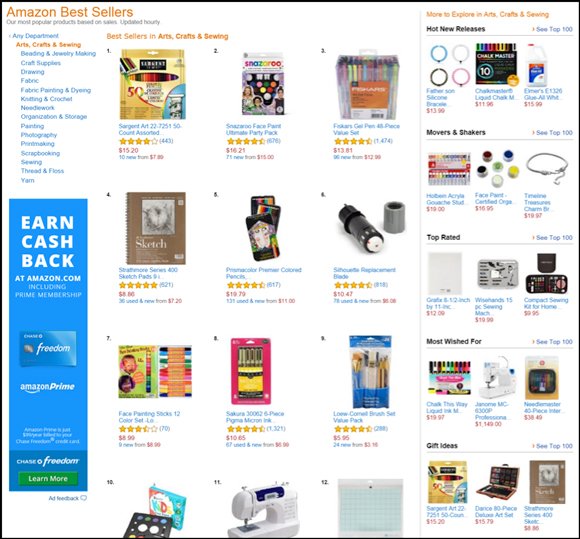
Anytime you see a product you think you'd like to sell, save the URL in an excel spreadsheet to come back to later. Spend an hour or two and find 50-100 products to research. It sounds like a lot, but I want you to go fast through this step.
The pursuit of perfection is deadly for product selection.
Now, we're going to go back through your list and start eliminating any product that doesn't meet the following criteria.
- Simple Construction
- Low Competition
- High Demand
- Can Be Sold For $10-50
- Not Seasonal (optional)
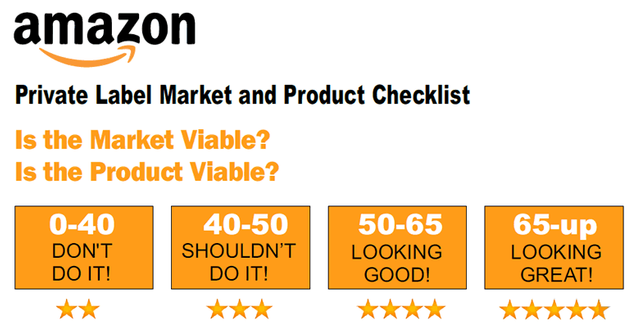
There are other criteria that others use, but really that's all I look at for first products. Let's unpack those a bit more.
Simple Construction
If it has a lot of complicated moving parts and pieces, it will be more difficult to source and manufacture. Simple mechanics or one piece construction is always preferable for a first product.
Low Competition/High Demand
This is the sweet spot for a private label product. Fair Warning: It can sometimes be difficult to find this type of product, so again, fear perfection not action. It is better to take action with a less than perfect product than to wait for the perfect product and never find it.
How Do We Determine Low Competition?
Low competition on Amazon simply means there aren't many (any) sellers of this particular product who know what they are doing. It should be easy for us, with our skills in marketing and positioning products to outrank them and take their spot on page one for our main search term.
Why do you want to be on page one? Most people don't scroll past page one for most products. They usually find what they need quickly and don't shop around much. (It depends a little on your category. This will apply more to you if you're selling toilet paper than if you are selling jewelry.)
The second reason is authority and trust. Selling on Amazon is great because people already trust the Amazon brand. One of the most difficult things to do as a new online retailer is to earn the trust of a potential customer. They can't walk into your store and chat with you...so we do the next best thing, align with a brand they already trust.
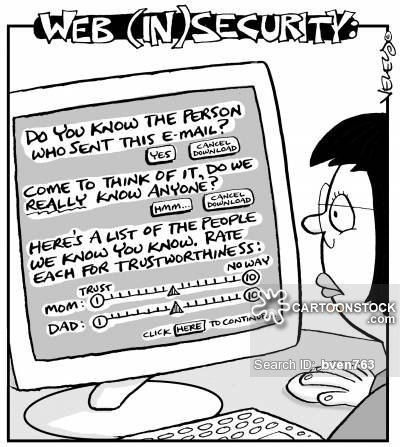
But, being on page one of Amazon projects the idea that Amazon trusts you. If you are the first result for a keyword search, the assumption is that you must be the most relevant and therefore the most trustworthy (reviews help with the trust factor also, but we'll get to those later.)
So, the first reason is for organic traffic and the second is for trust and conversions. In both cases, page one is a worthy and necessary goal.
Back to low competition, if your main competitors for a potential product don't have solid listings (images, titles, bullet points, etc) or good reviews, you can probably beat them. If there are one or two solid sellers already established in your space, it's not an automatic no, but I would wait and see if one of the other products on your list has lower competition.
High Demand means that there are lots of people looking to buy this particular product. Obviously if you can find a product with lots of people looking to buy and very few competent sellers to sell it to them, you've found a gold mine.
How Can You Tell If A Product Is In High Demand?
The first is to look at the BSR's (Best Seller Rank) of several listings on the first page for your main keyword. Best Seller Rank is an indicator of sales velocity. It is used to measure how much of a product has been sold in a given period of time as compared to other products in it's category.

For a good estimation of how many sales per month a particular BSR indicates, check out this free tool by Jungle Scout

The next thing you can do is go to Merchant Words and search for your main keyword. Sort by highest search volume and that will give you an estimate of how many people are searching for your main keyword on Amazon.
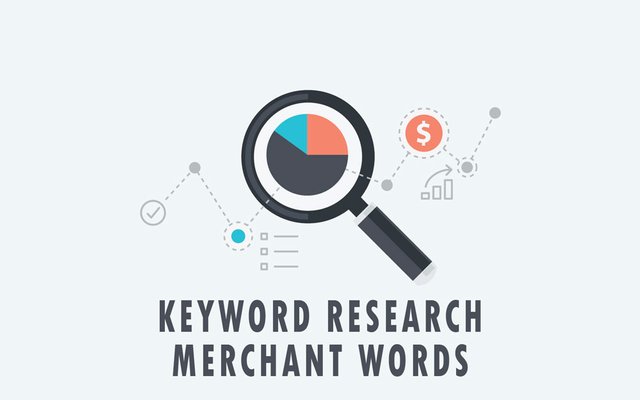
Finally, you can look at Google Trends and search for your main keyword to see if Google searches for that keyword are on the way up or on the way down.

Using all of these methods, you can quickly see if a product is likely to be in demand on Amazon specifically.
Can Be Sold For $10-50
This is strictly for your first product. When you are just starting out, you don't want a lot of your capital tied up in inventory. I'd much rather have money available for marketing, because I need to aggressively rank my new product and that can sometimes get expensive.
So, products that can be retailed between $10-50 often cost less to manufacture and will keep your inventory costs down.
Another benefit of selling products in this price range is the impulse buy. A product more expensive than $50 no longer qualifies as an impulse buy. Psychologically it requires more commitment and thus is a harder sell. But, in our sweet spot of $10-50 there is very little psychological commitment to overrule. So, it is easier for us to sell in bulk when we are just starting out. Any cheaper than $10 though and the profit margins are hard to sustain.
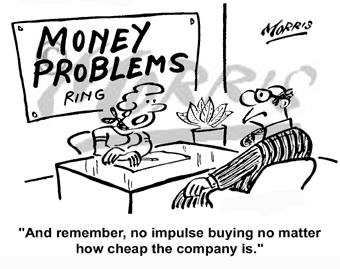
Not Seasonal
This is optional. But, I generally prefer to start with a non-seasonal product. Seasonal products can be great when they are in season. They will usually outperform non-seasonal products during that time frame. However, I prefer a steady performer for a first product.
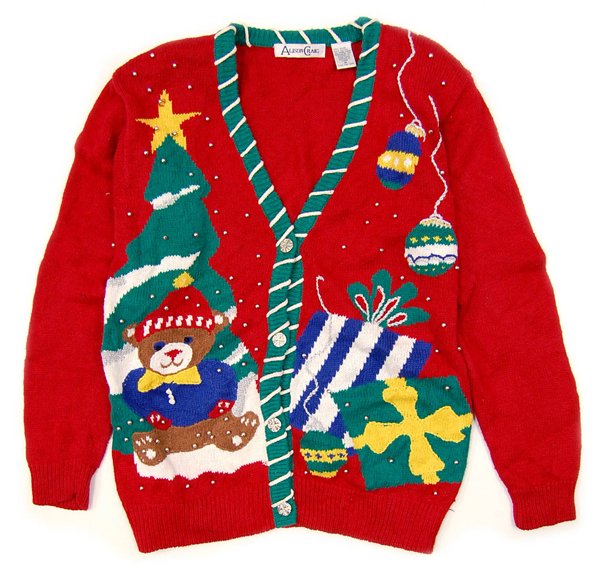
The ultimate goal is to be able to source and sell lots of products. Once you rank one, find a new one and repeat the process. So, a seasonal product can be awesome for a second or third product. But, I generally steer clear for my first one.
So, now it's time to actually source your product. You've gone through your list and narrowed it down to the best 3-5 product ideas. Now, let's head over to Alibaba.com and start making requests on the products we're interested in.

My method is a bit intense, but it works well. Find 10-20 different manufacturers on Alibaba and email them all a quick request. Say something to the effect of:
*"Greetings,
My name is ____ with _____ and my company is expanding a new product line to sell on Amazon. We are interested in your [product name] and would like to discuss a possible partnership. We are a repeat and volume seller, but we need to start with a small test order of 500 units to see how the market receives the new product. Please let me know if you can accommodate this order and what the MOQ will be after this initial test order. Also, please give us your best pricing so we can get started on this immediately.
Sincerely,
[Your Name]*
Then in follow-ups ask lots of questions! If you are not sure what questions to ask, google "questions to ask manufacturers for sourcing private label products". Don't be afraid to negotiate on price. I come back with a different price at least two times before accepting their price AND I get them to quote me in writing what my next order pricing will be. That way I know what it will cost me upfront and in the future. Always try to get a price break when ordering larger quantities as well.
Finally, make sure they quote you for Air Express shipping. This is the fastest, easiest way to get small order quantities to Amazon.
Congratulations! You've chosen and sourced your first product. Now, we list it on Amazon and rank it on the first page for our main keyword. But, that's an article for another day.

If this has been of value to you, please UPVOTE so more people can see it.
Don't forget to COMMENT below with your best tips for online business so we can compile it into a new Steemit series.
Thanks for reading,
Caleb
You have earned yourself a new follower good sir!
Thank you for posting this and I look forward to seeing more from you.
Thank you! Are you also in online business? Or thinking of starting?
Great post, great ethos..This is just so Steemit..Give of your knowledge and invite and welcome the knowledge of others. Great post, well explained and well illustrated. Following you big guy!
Thank you so much! I really appreciate the love and great comment. I'd love to hear your experiences if you care to share.
Nice post - thanks!
Much appreciated. Thanks for reading. Have you ever sold on Amazon?
Never, but I'm about to start!
Sweet! Feel free to holler if I can be of assistance.
Detailed and creative article. I like it.
Brilliant! Thanks for reading! Feel free to share any insight you may have about the world of e-commerce.
Thanks for a well laid out article @caleballen. I haven't yet waded into the waters but have been researching Azon selling for a while. I've got some ideas for merchandise once my series of novels becomes popular. I'm already following you, so I'll just keep watching my feed for more articles on this subject.
Awesome! Well if you get stuck, feel free to reach out. Looking forward to the next article!
Great info! Thanks
Thank you for reading!
Useful info...Simply awesome and thank you for sharing
Thanks a ton!
FBA seller here. Good article. I would also mention not sourcing a product that is too trendy. My first product was a bust, too many listing hijackers and the price will go down eventually with market flooding.
Great post. As a retiree I got bored and decided to make some extra money. I went on Alibaba and found a source for Egyptian Cotton bed sheets. I set up at local flea market and low and behold sold a pallet in less than 3 weeks more than doubling my money on every sale. This type info you are doing here in this post is awesome. I love this community and already in 5 days have learned so much. At a advanced age learning something new every day is important to keep the brain functioning and still growing. Thanks for this inspiring post.